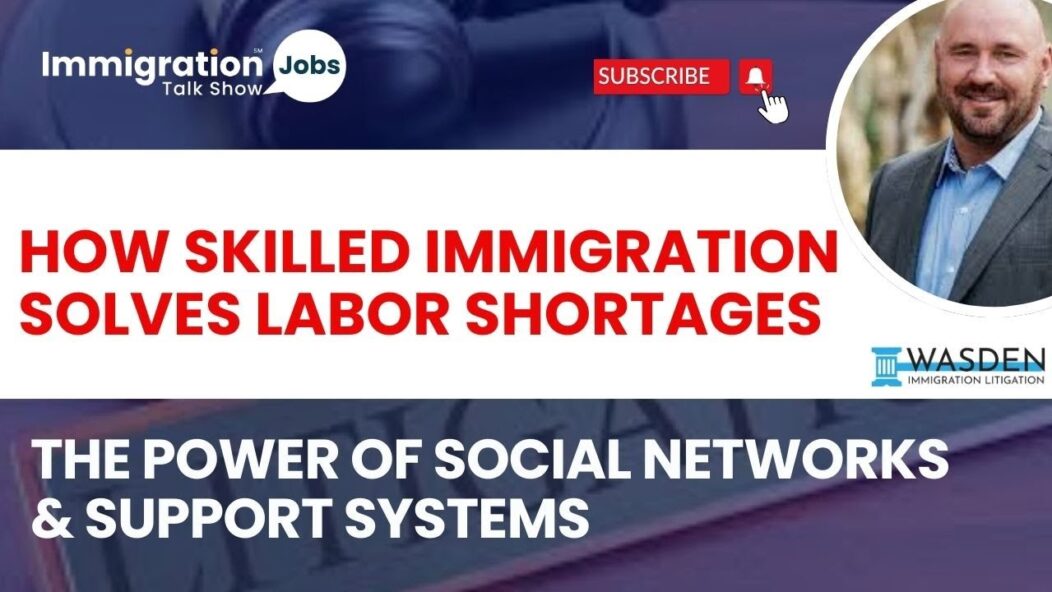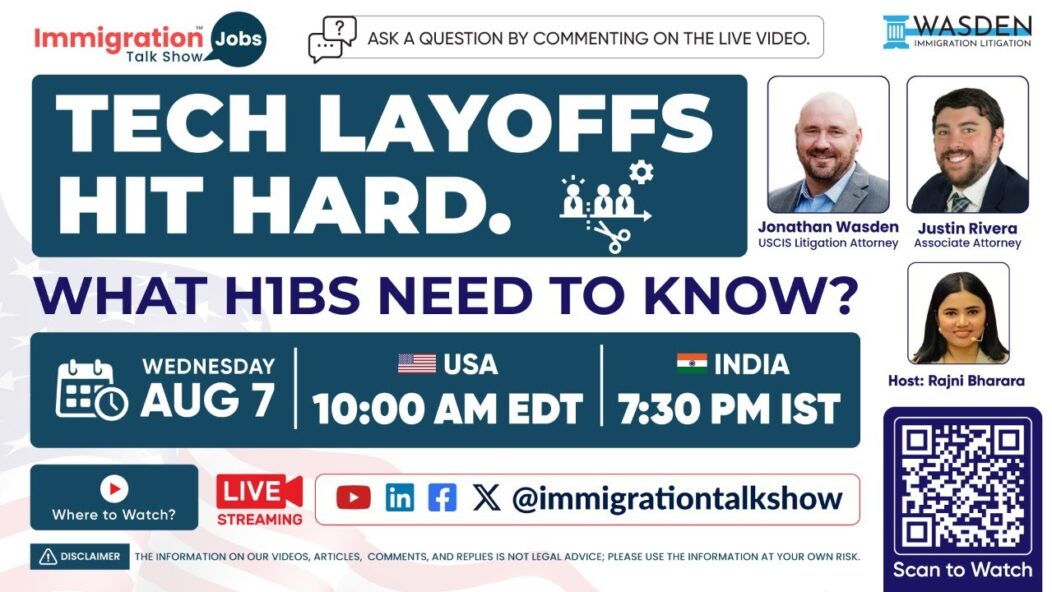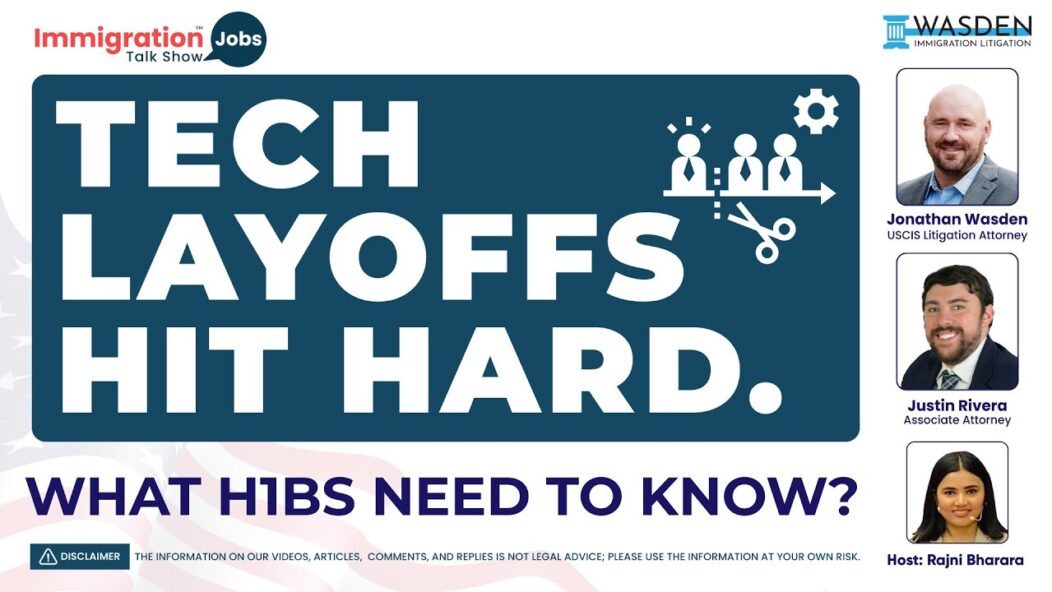Exciting news for J-1 visa holders—big changes are here! For the first time in 15 years, the U.S. has revised the Exchange Visitor Skills List, removing the two-year home residency requirement for many nationalities. This update affects professionals from 34 countries, including India and China, offering new pathways to stay and work in the U.S. Let’s break down what this means for you.
Key Takeaways
📌 The two-year home residency rule for J-1 visa holders has been waived for professionals from 34 countries, including China, India, South Korea, and Saudi Arabia.
📌 The changes only apply to individuals previously subject to the rule due to the Exchange Visitor Skills List.
📌 This opens up new opportunities for J-1 visa holders to transition to H-1B visas, green cards, or other work statuses in the U.S.
📌 Those receiving U.S. government funding or participating in graduate medical training are still subject to the rule.
📌 Employers benefit by accessing a larger pool of global talent without lengthy restrictions.
Context
The two-year home residency rule was introduced under INA 212(e) as part of the J-1 visa program. The idea was to ensure that professionals gained in-demand skills in the U.S. and then returned home to contribute to their country’s development. The Skills List, first created decades ago, identified fields critical to a nation’s progress, keeping many J-1 visa holders tied to the rule.
This is the first major update to the list in 15 years, aligning it with today’s global realities. Factors such as GDP, country size, and migration trends played a role in determining which nationalities remain subject to the rule.
What Is the 2-Year Home Residency Rule?
The two-year rule requires J-1 visa holders to return to their home country for at least two years before applying for certain U.S. visas, such as the H-1B or permanent residency.
Historically, this rule applied to individuals whose fields of expertise were on the Exchange Visitor Skills List, or who received U.S. or home government funding.
Who Benefits from This Update?
The new changes remove the rule for professionals from 34 countries, including some of the world’s largest talent pools like India and China. STEM professionals, healthcare workers, and engineers are among the biggest winners.
The update opens doors for J-1 visa holders from key countries, allowing smoother transitions to long-term U.S. work opportunities.
The Skills List Reimagined
The updated Skills List focuses on current global needs, removing countries like India and China due to their progress in critical fields. However, countries like the Philippines remain due to their ongoing reliance on skilled professionals abroad.
The revised list reflects modern realities, using data-driven criteria to determine which nations remain subject to the rule.
Why Employers Are Celebrating?
For U.S. employers, this update is a game-changer. It eliminates bureaucratic barriers, allowing businesses to hire top talent from key countries more quickly. Industries like tech and healthcare are expected to see immediate benefits.
Employers gain easier access to global talent, speeding up hiring processes and reducing delays caused by the two-year rule.
Legal Aid and the Need for Immigration Attorneys
Understanding these changes can be overwhelming. Immigration attorneys can guide you through the process, ensuring you meet all legal requirements for your new visa status. For those still subject to the rule, attorneys can help with waiver applications.
Immigration attorneys play a vital role in helping J-1 visa holders manage their next steps and take advantage of these changes.
Conclusion
This historic update to the Exchange Visitor Skills List marks a major milestone for J-1 visa holders. Professionals from 34 countries, including India and China, now have unprecedented opportunities to work and stay in the U.S. However, the rule remains in place for those who received government funding or participated in specific medical training programs.
If you’re affected by these changes, now is the time to act. Consult an immigration attorney, explore your options, and take full advantage of these exciting new opportunities.
Frequently Asked Questions (FAQs)
What is the two-year home residency rule for J-1 visas?
It’s a requirement for certain J-1 visa holders to return to their home country for two years before applying for specific U.S. visas, such as H-1Bs or green cards.
Who is still subject to the two-year rule?
The rule still applies to individuals who received U.S. government or home government funding or participated in medical training under specific sponsorships.
Which nationalities are no longer subject to the rule?
Professionals from 34 countries, including India, China, South Korea, Saudi Arabia, and the UAE, are now exempt.
How can an immigration attorney help me?
An attorney can guide you through your options, including applying for waivers, transitioning to a new visa, or understanding your eligibility.
Does this change impact the Conrad 30 program for physicians?
No, the home residency requirement remains in place for physicians who receive Conrad 30 program waivers.
When do these changes take effect?
The updated Skills List is effective as of December 9, 2024.
Authors: Jonathan Wasden & Justin Rivera, Immigration Attorneys
How useful was this post?
Click on a star to rate it!









